A unique and peculiar volcano in Tanzania has a unique eruption due to its irregular magma. Recently, it has also been shrinking in height.
New research on the Ol Doinyo Lengai volcano has revealed some of this natural wonder’s mysteries. This perplexing volcano with strange, runny magma has been sinking into the ground—but why?
Ol Doinyo Lengai Volcano
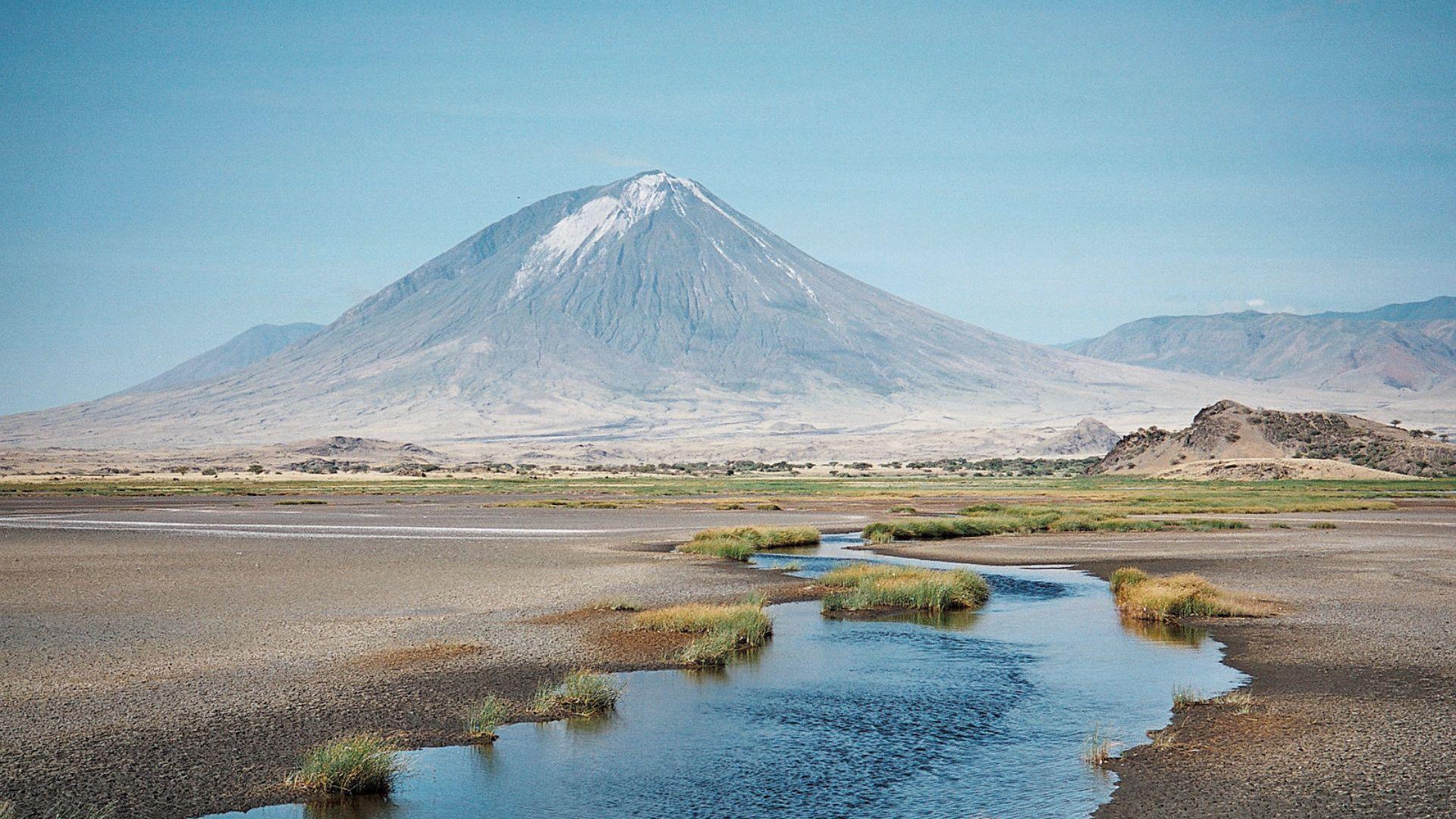
The Ol Doinyo Lengai volcano is a unique volcano with strangely runny, strangely colored, and overall bizarre magma. It is nicknamed the “Mountain of God.” It can be found along an active rift zone in East Africa.
Its unique carbonatite magma eruption has been compared to an exploding garden hose. Perhaps strangest of all, the volcano has been steadily sinking into the ground for the past 10 years.
Shrinking Quickly
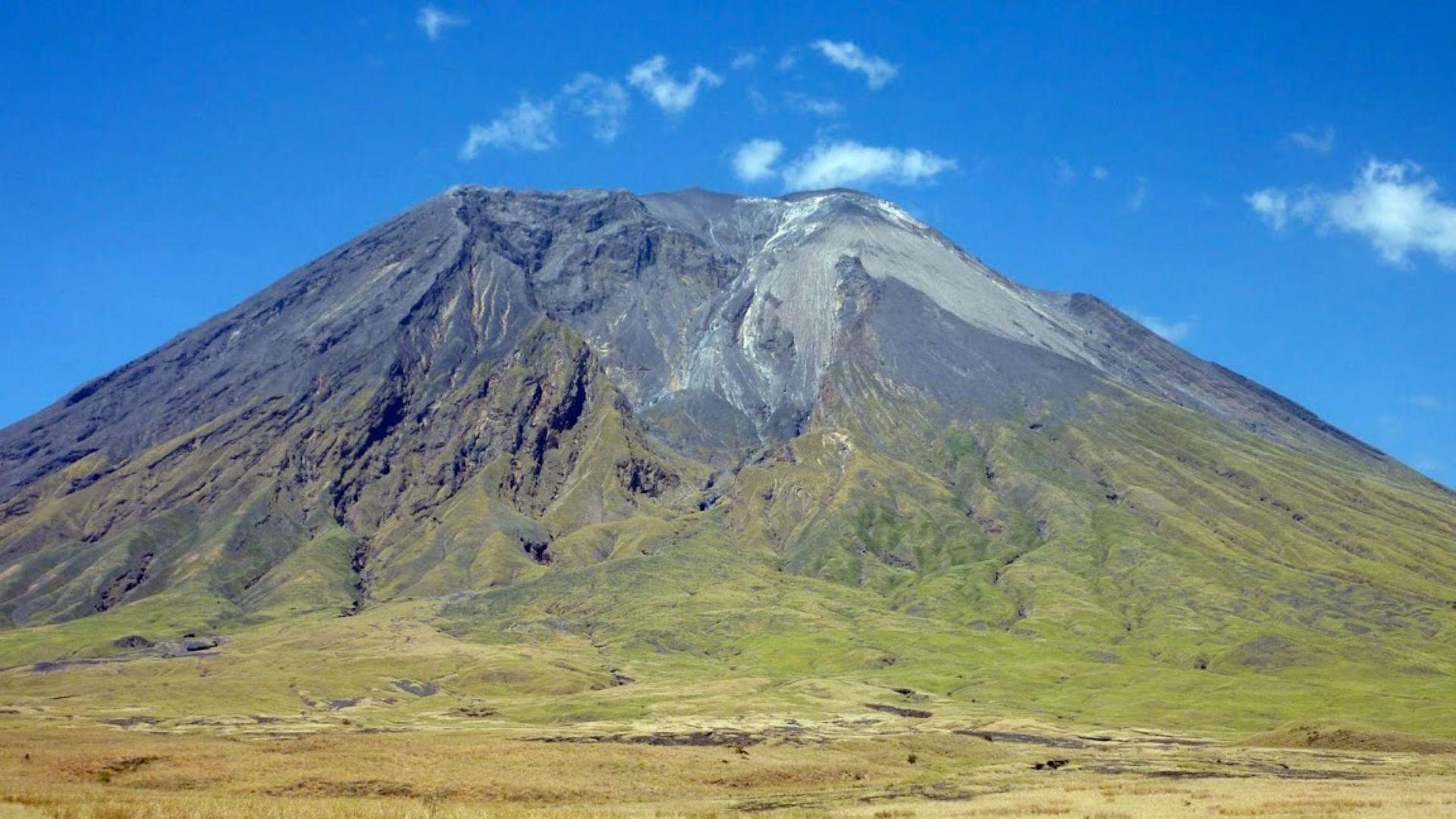
In a study that was published on June 8th in the journal Geophysical Research Letters, it was revealed that Ol Doinyo Lengai is rapidly sinking into the ground.
The volcano shrunk at a rate of 1.4 inches (3.6 centimeters) per year between 2013 and 2023. The currently-9,718-foot-tall (2,962 meters) volcano shrank by about 1.2 feet (36 cm) during the timeframe of the study.
Researching Using Satellites

Two satellite systems, Sentinel-1 and Cosmo-SkyMed, collected important data about the volcano. The researchers used the maps that the satellites produced to understand the changes over time in the ground around the volcano.
In the study, the researchers wrote that a circular area of ground around the volcano’s northern crater was “moving away from the satellite with a steady rate of displacement over time.”
Bizarre Magma
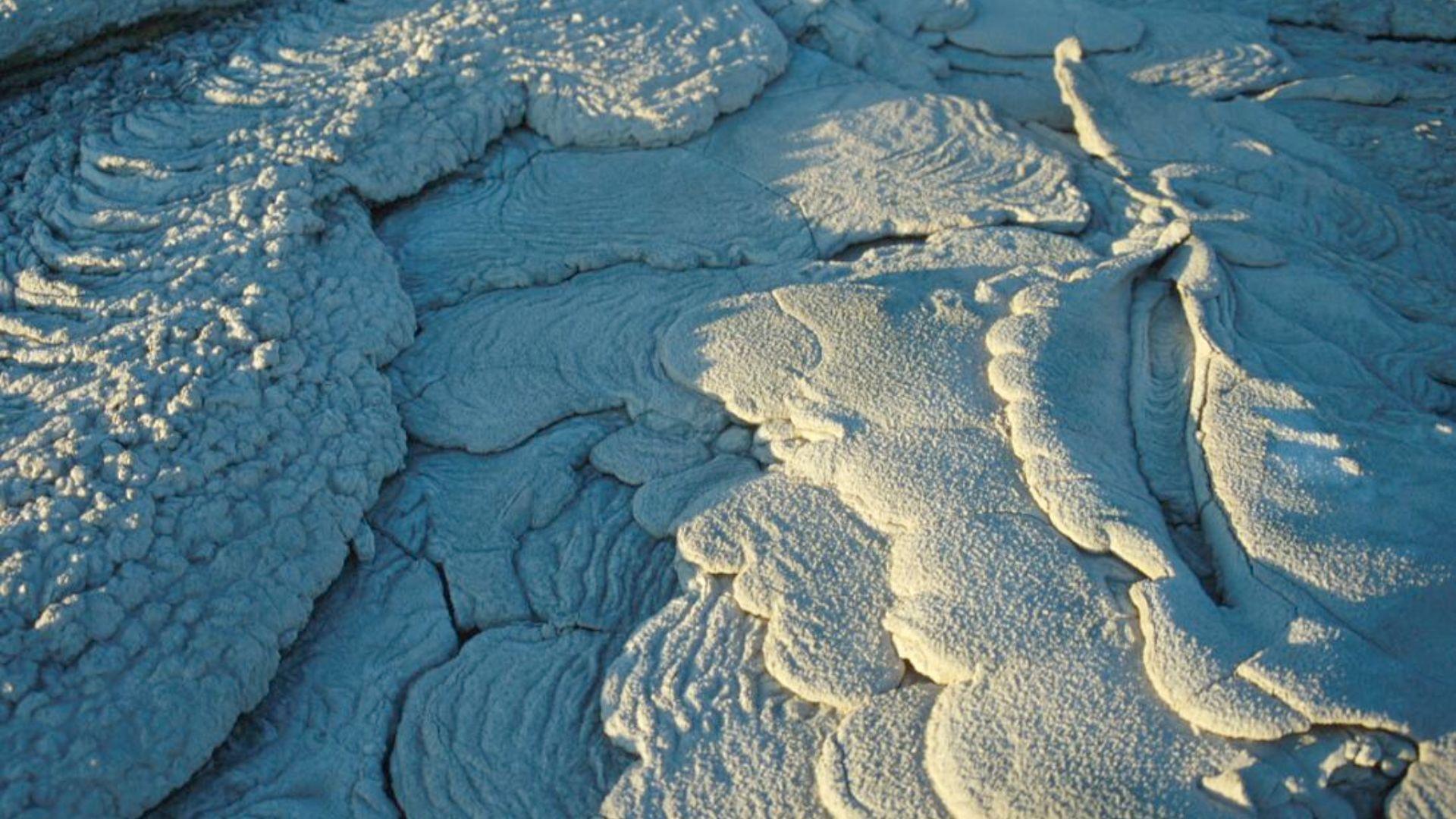
Additionally, Ol Doinyo Lengai’s lava is very strange. It is the only known volcano on Earth that is actively erupting carbonatite magma. Ol Doinyo Lengai’s very runny magma does not include much silica. The composition of the magma is mostly alkali elements, such as calcium and sodium.
Most terrestrial magmas are comprised of a lot of silica, which binds molten rock together and gives it a slow-moving, viscous consistency. Erik Klemetti, a volcanologist and associate professor at Denison University in Ohio, explained that Ol Doinyo Lengai’s magma contains less than 25% silica by weight. Most magmas have a weight between 45 and 70% silica.
Carbonatite vs. Silicate Lava
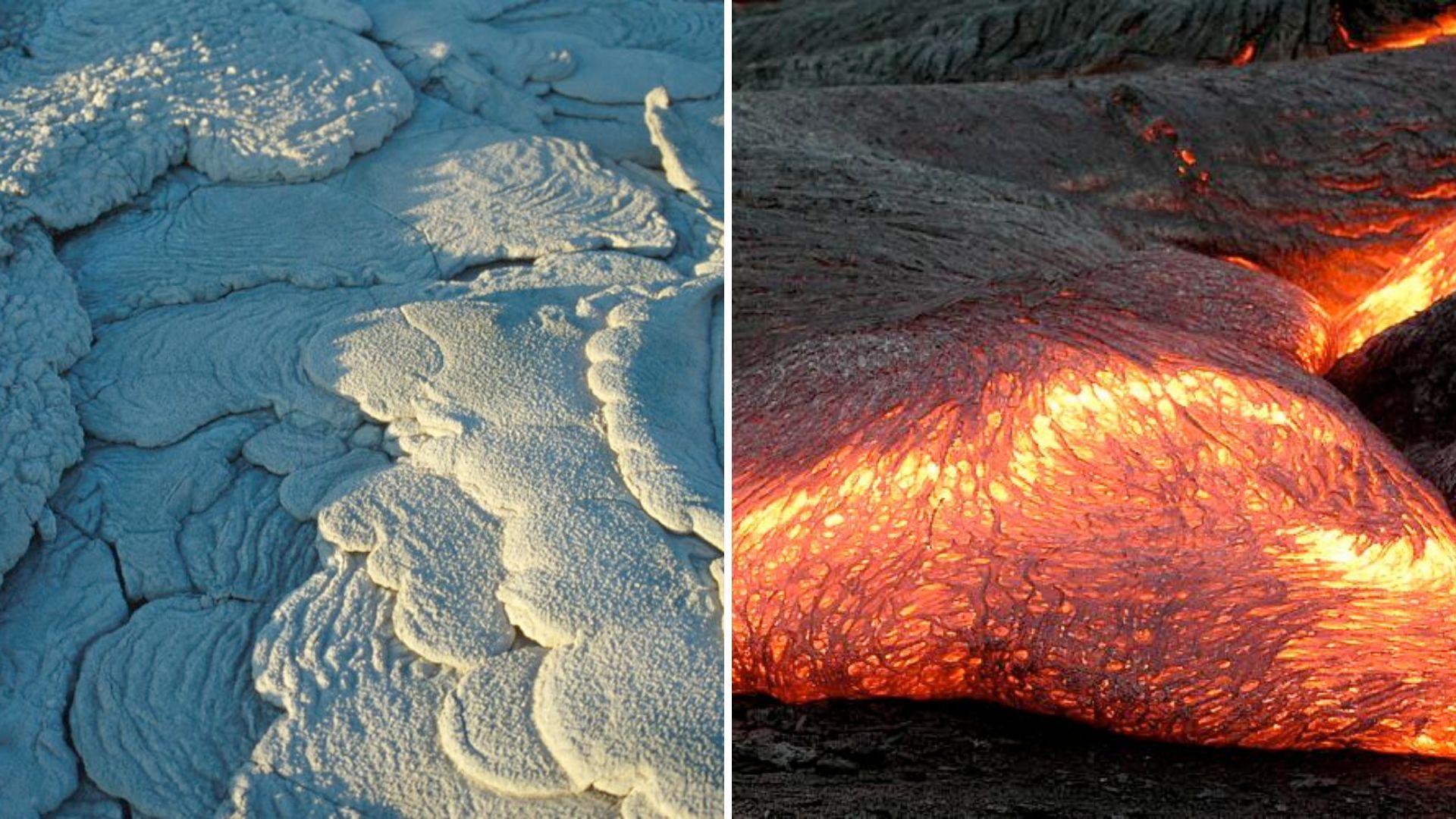
Because of their different chemical makeups, carbonatite lava sets up and weathers differently than silicate lava. The grand majority of magma, which is silicate lava, runs orangey-red when hot and cools gray.
Carbonatite lava is black or dark gray when it erupts, but it quickly turns white once it cools. Calcium and carbon dioxide in this strange lava combine to make calcite and other carbonate minerals. Carbonatite magma eruptions leave behind white stains.
A Strange Second Crater

Ol Doinyo Lengai magma is so runny that, theoretically, it should only produce eruptions caused by its characteristic “garden hose” lava flows. Until 2007, Ol Doinyo Lengai only had one crater.
However, in 2007, the volcano suddenly blasted open a second crater north of the summit. It was 330 feet (100 m) deep. The explosive activity continued through spring of 2008, but now the volcano is back to its usual lava flows.
Sinking and Subsiding
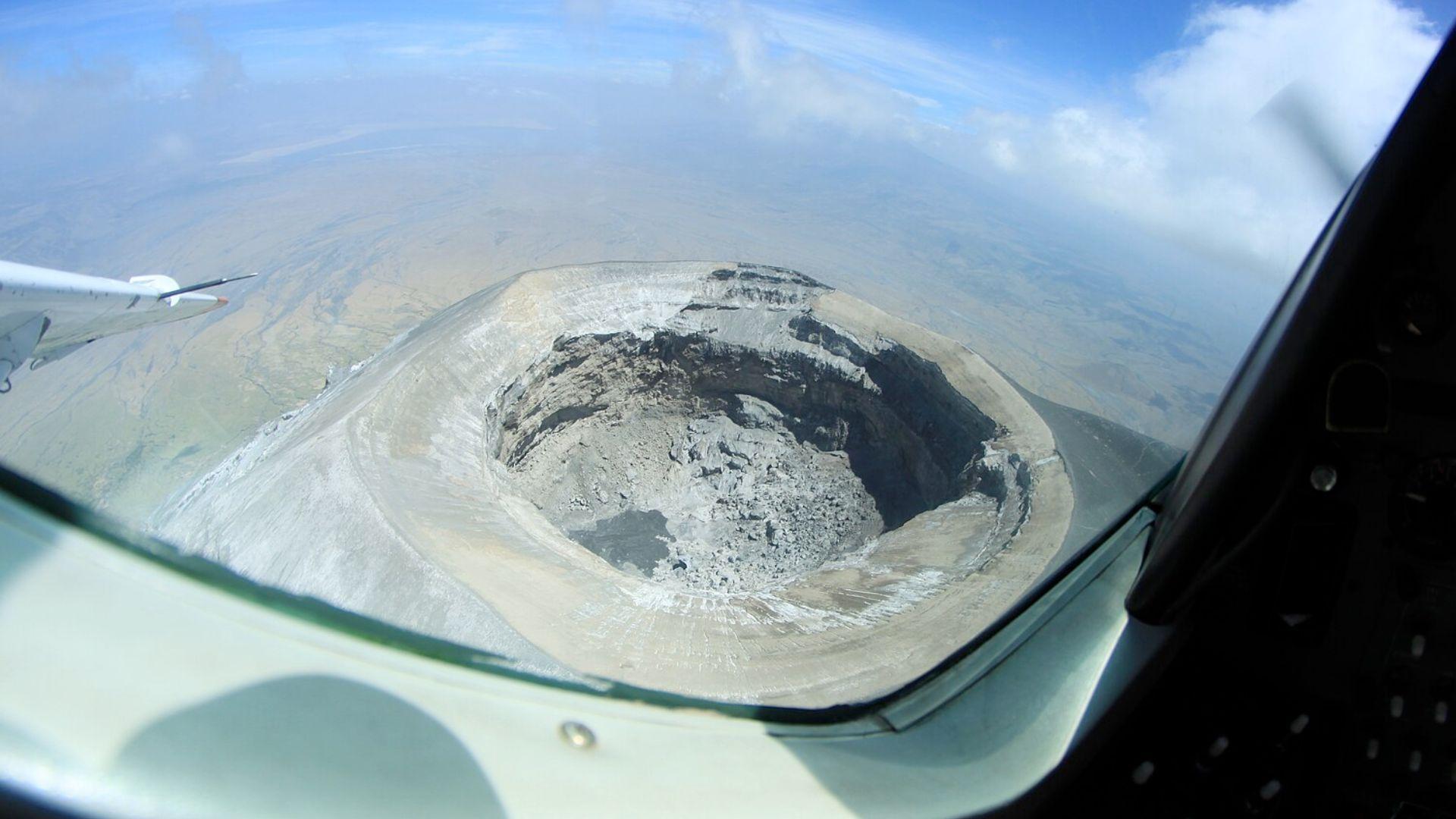
Previous research had suggested that the crater from 2007 could be sinking back into the ground. The new study published in June confirms that the upper slopes of this newly-blasted crater have been sinking since at least 2013.
According to the research, the most likely cause for the sinking is a deflating magma reservoir located about 3,300 feet (1,000 m) beneath the volcano. This somewhat mysterious reservoir could be connected to a bigger magma storage area 9,900 feet (3,000 m) or deeper beneath the volcano.
Further Research Needed
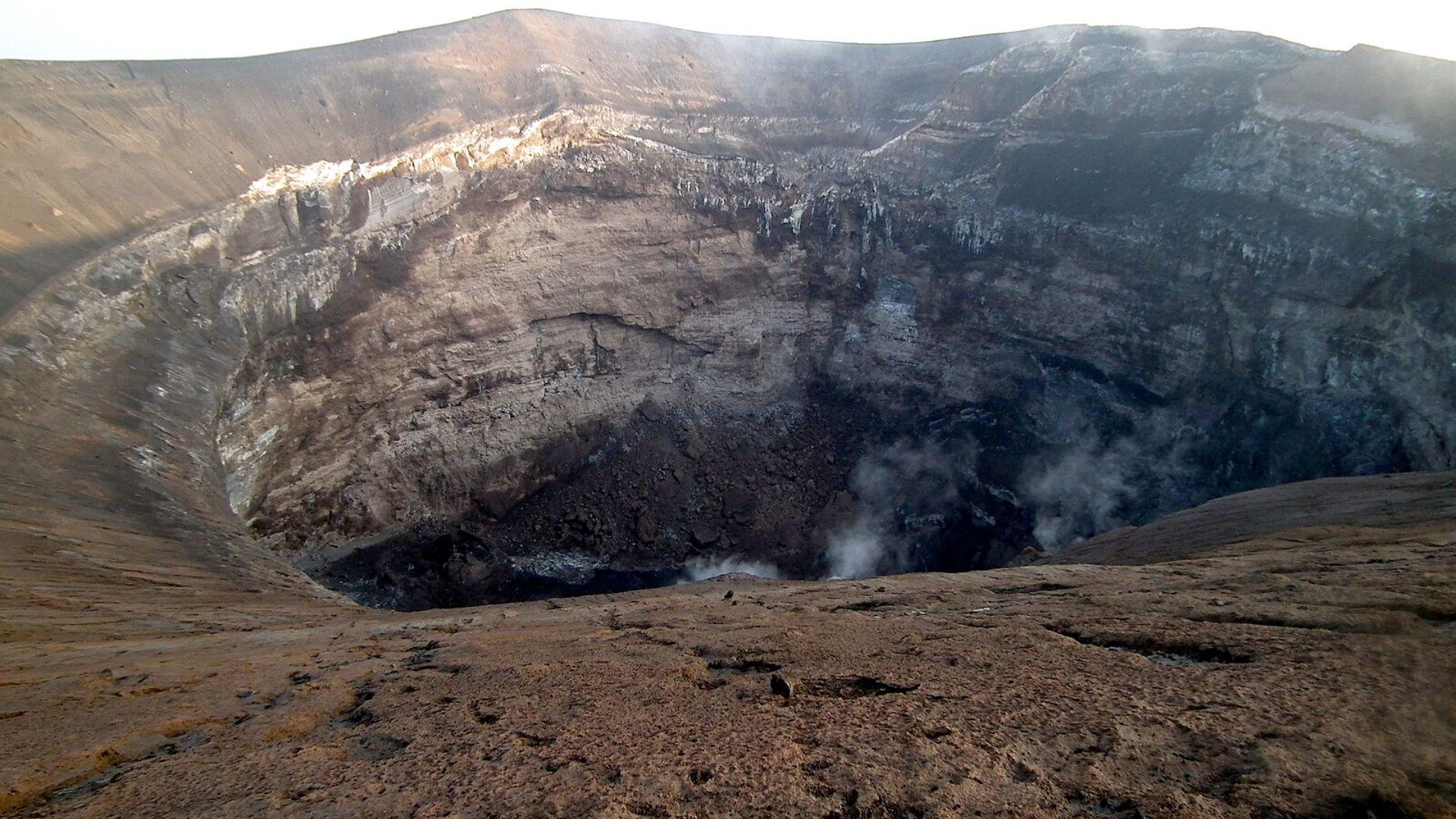
The scientists wrote in the study, “The geometry and characteristics of the shallow magma plumbing system below Ol Doinyo Lengai remain elusive.” More research will have to be done to know more about this possibly collapsing underground magma reservoir.
Additionally, the researchers noted that there is a growing 330-foot-long lava-filled crack along the western rim of the volcano that “could further elongate as Ol Doinyo Lengai continues to erupt and subside.”
A Very Unique Volcano
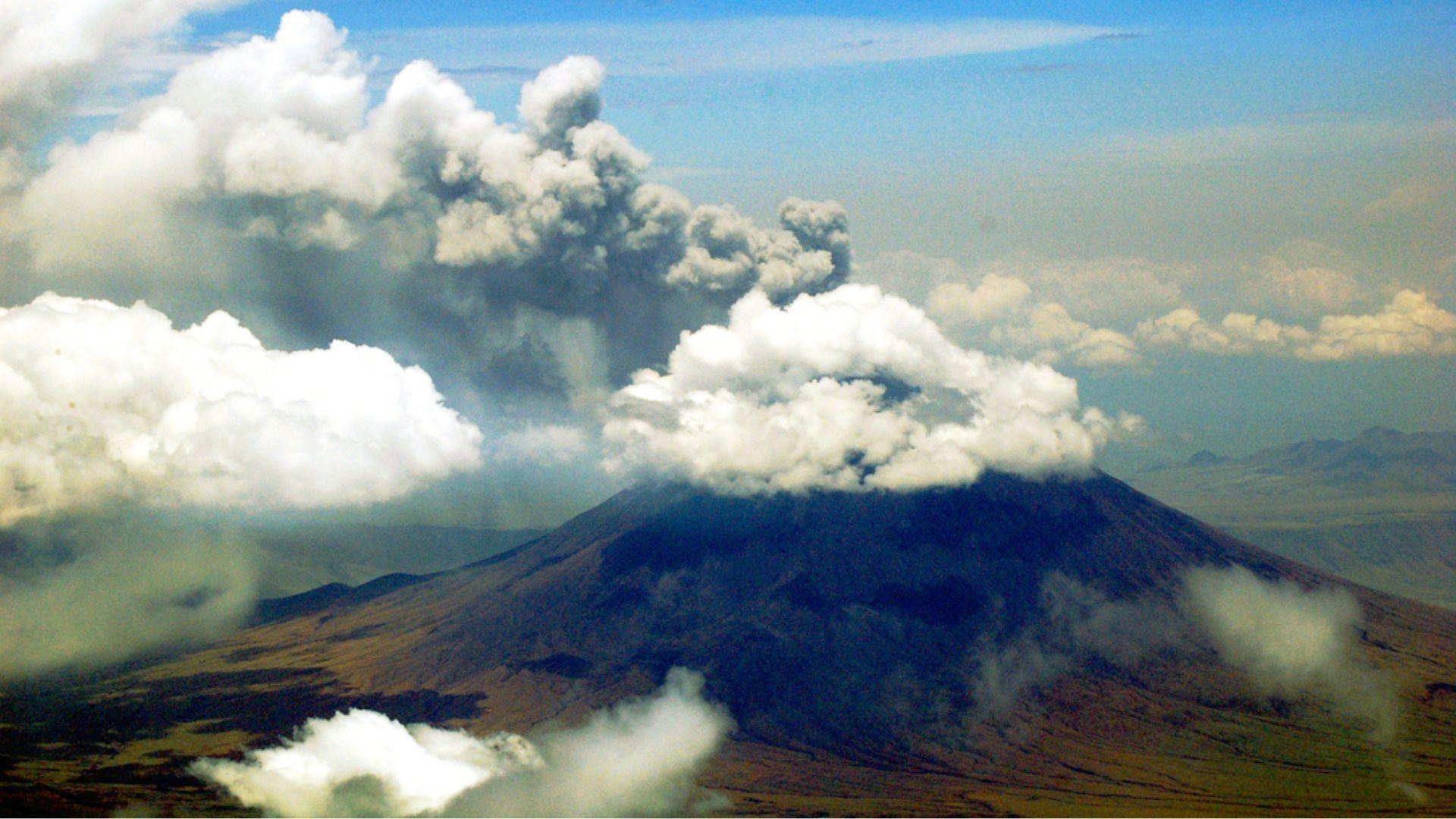
Ol Doinyo Lengai is a strange, unique, and interesting volcano. According to Erik Klemetti, the lava that comes out of Ol Doinyo Lengai is “some of the strangest stuff you’ll ever see.”
More research will be needed in order to fully understand the mechanics of Ol Doinyo Lengai, but at the very least, the volcano is extremely intriguing. According to Klemtti, “If you had to pick the most unique volcano on Earth, you’d be hard pressed to find a better candidate than Tanzania’s Ol Doinyo Lengai.”

